I have always been curious about the taste of liver. Some people love it, while others can’t stand it. So, what does liver taste like?
The answer is not straightforward, as the taste depends on the type of liver, the animal it comes from, and how it is cooked.
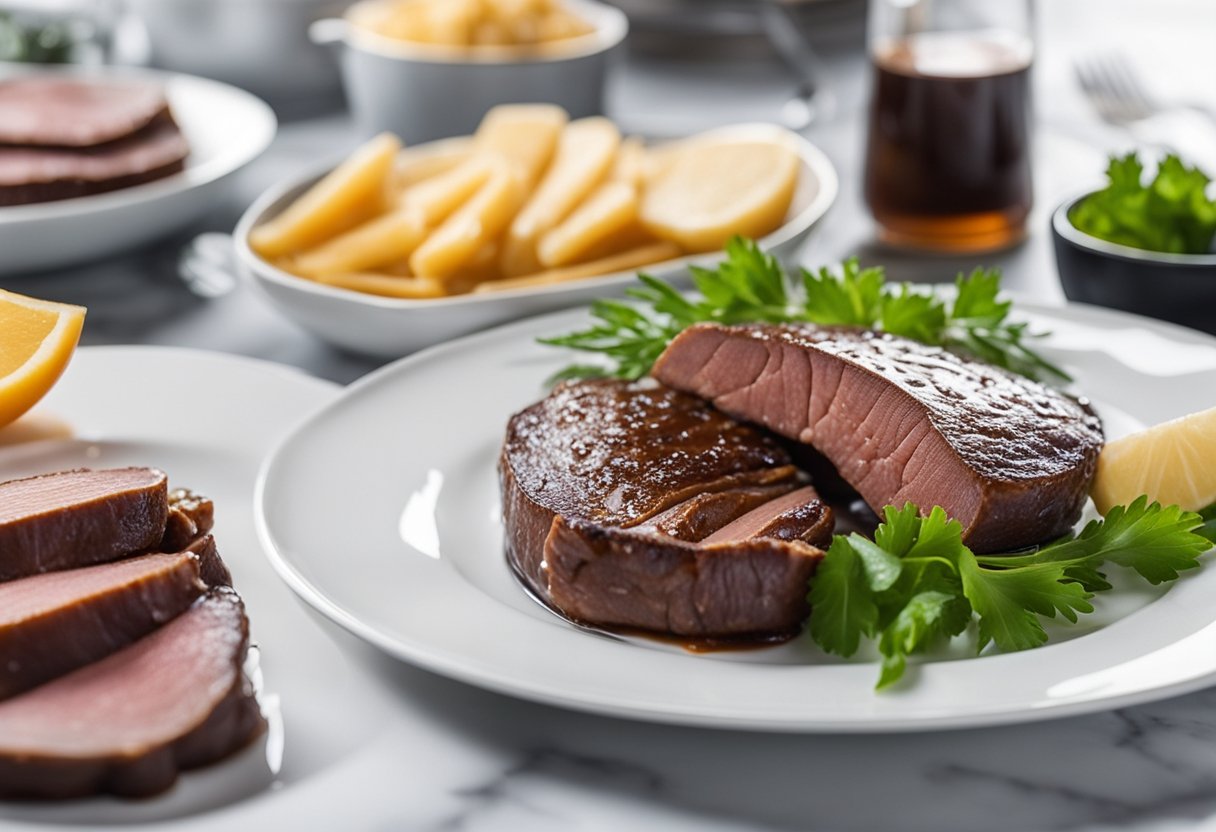
The liver is a vital organ that plays a crucial role in the body’s metabolic processes. It is also a nutrient-dense food that is rich in protein, vitamins, and minerals.
However, liver is an acquired taste, and its strong flavor can be off-putting for some people. Understanding the liver’s taste profile and texture can help you appreciate this nutritious food and incorporate it into your diet.
Key Takeaways
- Liver’s taste and texture depend on the type of liver, the animal it comes from, and how it is cooked.
- Liver is a nutrient-dense food that is rich in protein, vitamins, and minerals.
- Understanding the taste profile and texture of liver can help you incorporate it into your diet.
Understanding the Liver
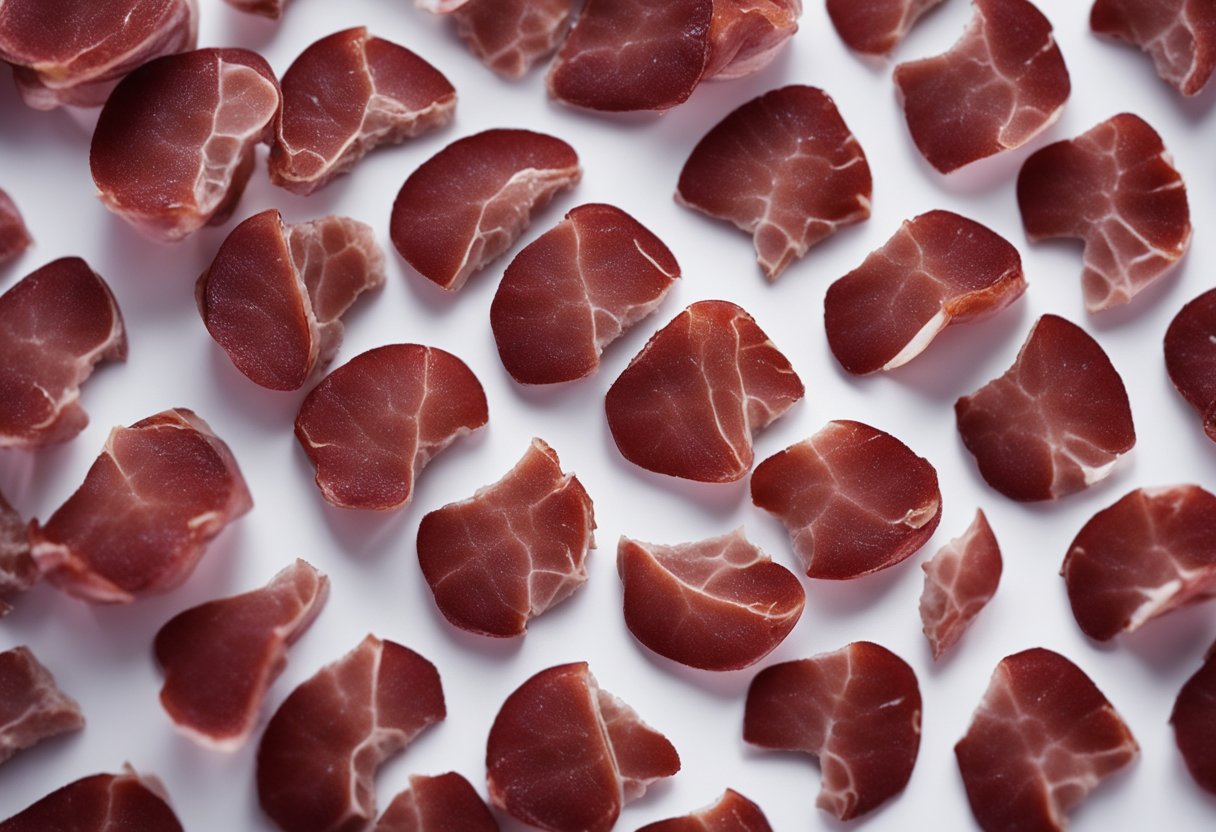
As an organ meat, the liver is an important part of many cuisines around the world. It is a nutrient-dense food that is packed with vitamins and minerals, including iron, vitamin A, and vitamin B12.
However, the taste of liver is not always well-received by everyone. In this section, I will provide a brief overview of what the liver is, its role in the body, and what it tastes like.
The liver is an organ that is found in many animals, including cows, chickens, and pigs. It is a large, reddish-brown organ that is located in the abdomen, just below the diaphragm.
The liver plays a crucial role in the body, as it is responsible for filtering toxins and waste products from the blood, producing bile to aid in digestion, and storing vitamins and minerals.
When it comes to taste, the flavor of liver can vary depending on the type of animal it comes from. For example, beef liver has a stronger, more robust flavor than chicken liver.
Some people describe the taste of liver as earthy, while others find it to be slightly metallic. The texture of liver can also vary, with some cuts being more tender than others.
It is worth noting that liver is an acquired taste for many people. This is because it contains high levels of glutathione and thiols, which can contribute to its unique flavor.
Additionally, improper cooking techniques can exacerbate unwanted flavors and make liver taste even worse.
Overall, the liver is a nutritious and flavorful food that is enjoyed by many people around the world. While it may not be everyone’s cup of tea, it is worth giving it a try to see if you like it.
If you are new to eating liver, it is best to start with a milder-tasting variety, such as chicken liver, and experiment with different cooking methods to find the one that works best for you.
Taste Profile of Liver
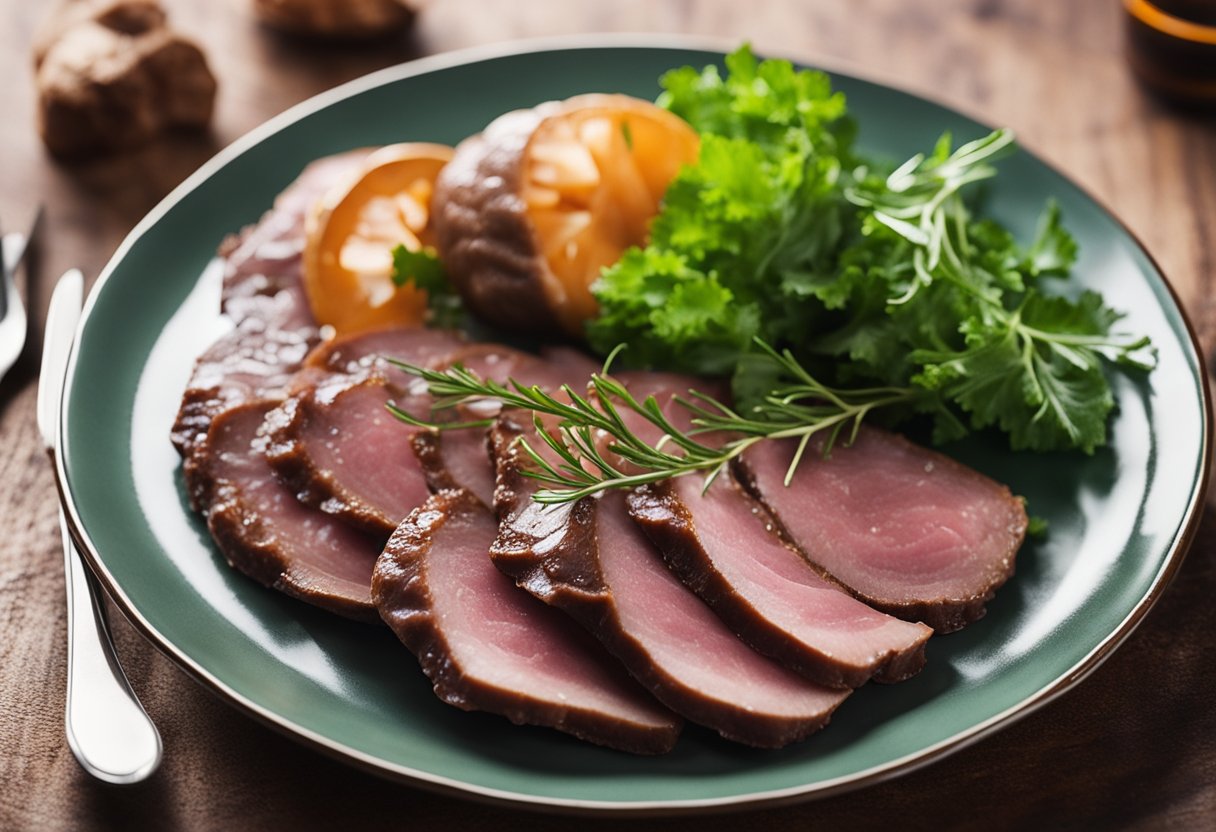
Liver has a unique taste that can be described as earthy, rich, and slightly sweet. It has a dense, meaty texture that can be quite tender when cooked properly.
The taste of liver can vary depending on the type of liver you are consuming, but it is generally strong and distinctive.
One of the most common complaints about liver is its slightly metallic taste. This is due to the high levels of iron it contains, which can give it a slightly bitter aftertaste.
However, this is not always the case, and some people enjoy the flavor of liver despite its metallic undertones.
Liver is often considered an acquired taste, and many people find it challenging to enjoy at first. However, once you get used to the flavor, it can be quite enjoyable and satisfying.
The flavor profile of liver can be enhanced by cooking it with complementary ingredients such as onions, garlic, and herbs. This can help to balance out the strong flavor of the liver and make it more palatable.
In summary, liver has a unique taste that is earthy, rich, and slightly sweet. It can have a slightly metallic taste due to its high iron content, but this is not always the case.
Liver is an acquired taste, but it can be quite enjoyable once you get used to it. Cooking liver with complementary ingredients can help to enhance its flavor profile and make it more enjoyable to eat.
Texture of Liver
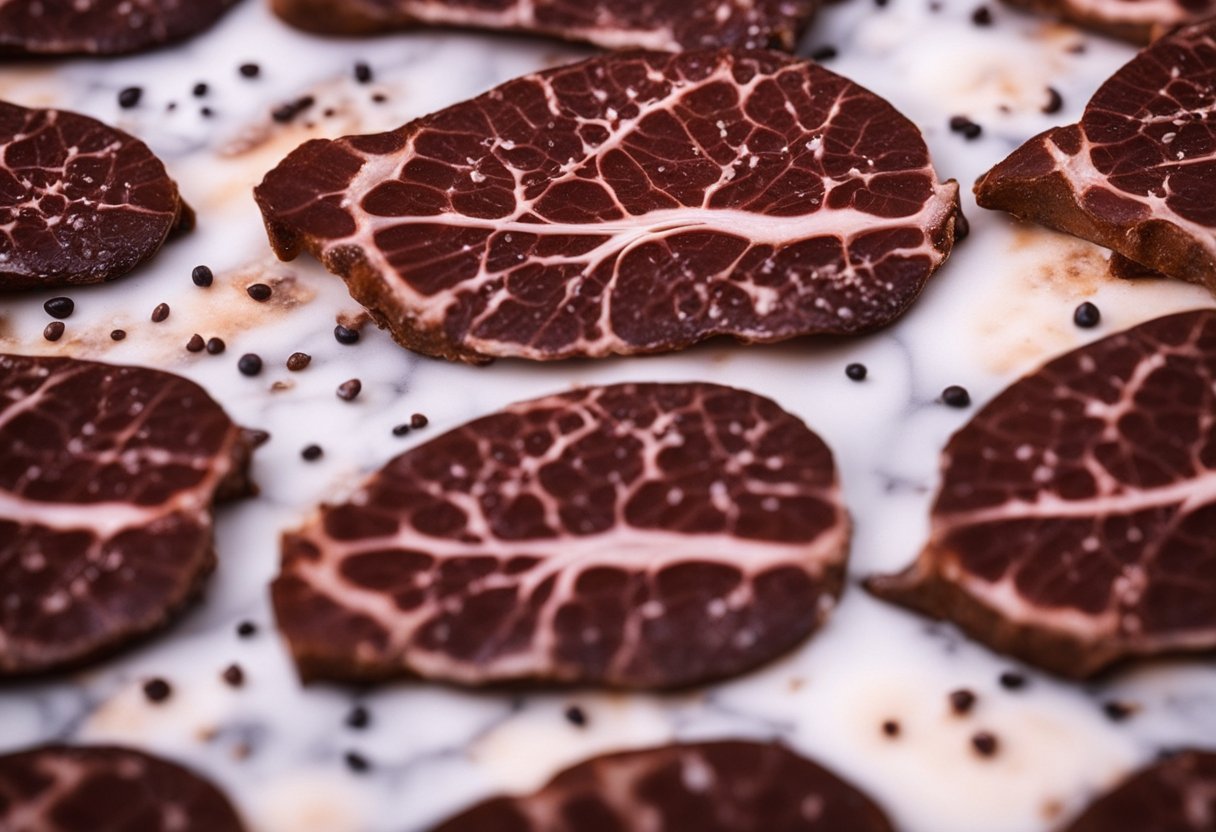
Liver has a dense, meaty texture that can be quite tender when cooked properly. The texture of liver can vary depending on the type of liver you are consuming.
For example, chicken liver has a softer texture compared to beef liver, which has a firmer texture.
When cooked, liver can become dry and tough if overcooked. It is important to cook liver to the right temperature to ensure that it remains tender and juicy.
Overcooking can also cause the liver to become grainy in texture, which can be unpleasant to eat.
Liver can also have a slightly grainy texture due to the presence of connective tissue. This tissue can be tough and chewy if not cooked properly.
To ensure that the connective tissue is tender, it is important to cook liver slowly over low heat.
Overall, the texture of liver can be described as meaty and dense, with a slight graininess. When cooked properly, it can be tender and juicy, making it a delicious addition to many dishes.
Liver from Different Animals

Liver is a popular ingredient in many dishes around the world. It is consumed from various animals such as beef, chicken, calf, cod, lamb, pork, and even goose.
Each type of liver has a unique taste and texture that is influenced by the animal’s diet, age, and breed.
Beef Liver
Beef liver has a mild and slightly sweet taste with mineral notes due to its high iron content. It is often used in dishes such as liver and onions, pate, and stir-fries. The texture of beef liver is soft and tender, making it easy to cook.
Chicken Liver
Chicken liver has a delicate and slightly gamey flavor compared to beef liver. It is commonly used in pate, terrines, and stir-fries. The texture of chicken liver is soft and creamy, making it ideal for mousse and spreads.
Calf Liver
Calf liver has a mild and slightly sweet taste similar to beef liver. It is often used in dishes such as liver and onions, pate, and terrines. The texture of calf liver is tender and velvety, making it ideal for grilling and sautéing.
Cod Liver
Cod liver has a rich and buttery taste with a slight fishy flavor. It is commonly used in dishes such as cod liver oil supplements, pate, and spreads. The texture of cod liver is soft and creamy, making it ideal for mousse and dips.
Lamb Liver
Lamb liver has a strong and slightly gamey flavor compared to beef liver. It is often used in dishes such as liver and onions, pate, and terrines. The texture of lamb liver is soft and tender, making it ideal for grilling and sautéing.
Pork Liver
Pork liver has a mild and slightly sweet taste with mineral notes due to its high iron content. It is often used in dishes such as liver and onions, pate, and terrines. The texture of pork liver is soft and tender, making it ideal for grilling and sautéing.
Goose Liver
Goose liver, also known as foie gras, has a rich and buttery taste with a slightly sweet and nutty flavor. It is commonly used in high-end dishes such as pate, terrines, and seared foie gras.
The texture of goose liver is creamy and smooth, making it ideal for mousse and spreads.
In conclusion, liver from different animals has a unique taste and texture that can be enjoyed in many dishes. It is a nutritious ingredient that is rich in vitamins and minerals, making it a great addition to any diet.
Cooking Liver
When it comes to cooking liver, there are several methods and techniques you can use to make it taste delicious. In this section, I will share some tips and tricks to help you prepare and cook liver in a way that brings out its flavor.
Preparation
Before cooking liver, it’s important to prepare it properly. First, rinse the liver under cold water and remove any visible fat or connective tissue.
Then, soak the liver in milk or water with a tablespoon of vinegar or lime juice for at least an hour. This helps to remove any bitterness and makes the liver more tender.
Cooking Methods
There are several cooking methods you can use to cook liver. One popular method is frying. To fry liver, season it with salt, pepper, and your favorite spices.
Heat a skillet over medium-high heat and add butter or oil. Once the pan is hot, add the liver and cook for 2-3 minutes on each side until browned and cooked through.
Another method is braising. To braise liver, season it with salt, pepper, and herbs such as sage or thyme. Heat a skillet over medium heat and add butter or oil.
Once the pan is hot, add sliced onions and garlic and cook until softened. Then, add the liver and cook for 2-3 minutes on each side until browned.
Add water or broth to the pan and bring to a simmer. Cover the pan and cook for 10-15 minutes until the liver is cooked through.
You can also grill liver. To grill liver, marinate it in your favorite seasoning or spice blend for at least an hour.
Heat the grill to medium-high heat and brush the liver with oil. Grill for 2-3 minutes on each side until browned and cooked through.
Seasoning
Liver has a strong flavor, so it’s important to season it properly. Salt, black pepper, and garlic are common seasonings for liver. You can also use herbs such as sage, thyme, or rosemary to add flavor.
Recipes
There are many recipes that feature liver as the main ingredient. Some popular recipes include liver pate, liver and onions, and liver curry. Experiment with different recipes and cooking methods to find your favorite way to cook liver.
Overall, cooking liver can be a delicious and nutritious addition to your diet. With the right preparation and seasoning, you can make liver taste great.
Liver and Onions
I have always been a fan of liver and onions. It is a classic dish that is both flavorful and nutritious. Liver is a good source of protein, iron, and vitamins A and B12.
Onions, on the other hand, are rich in antioxidants and have anti-inflammatory properties.
Liver and onions are usually prepared by slicing the liver into thin pieces and sautéing them with sliced onions. The liver is cooked until it is browned on the outside but still pink on the inside.
The onions are cooked until they are soft and caramelized. The combination of the savory liver and sweet onions creates a delicious flavor profile.
When it comes to the taste of liver, it can be an acquired taste for some people. Liver has a distinct flavor that is rich and meaty.
It can be slightly metallic or earthy, depending on the type of liver. However, when it is cooked properly, it can be quite delicious.
The onions in liver and onions add a sweet and slightly tangy flavor that complements the richness of the liver. They also add a nice texture to the dish.
Onions are a versatile ingredient that can be used in a variety of dishes. They can be caramelized, sautéed, grilled, or roasted to bring out their natural sweetness.
Overall, liver and onions is a flavorful and nutritious dish that is worth trying. It may not be for everyone, but if you are a fan of organ meats or are looking to try something new, give it a try.
Special Liver Dishes
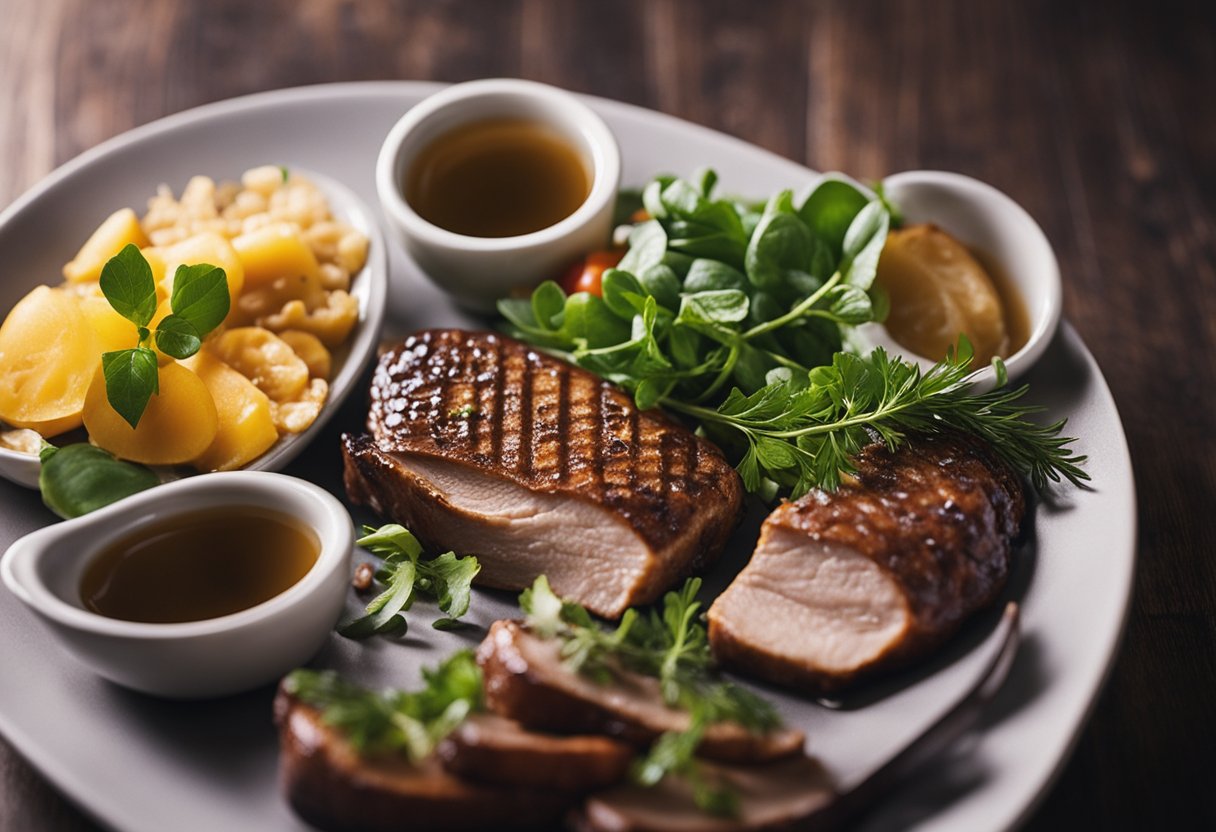
As a food lover, I always enjoy trying out new dishes that are not only delicious but also unique. Liver dishes are one such category of food that I find intriguing.
Liver can be prepared in various ways, and some dishes are considered special due to their unique ingredients or preparation methods.
One of the most popular liver dishes is foie gras. Foie gras is a French term that means “fat liver.” It is typically made from the fattened liver of a goose or duck.
Foie gras has a rich, buttery flavor and is considered a delicacy in many parts of the world. It can be served as a standalone dish or used as an ingredient in other dishes.
Pâté is another liver dish that is popular in many countries. Pâté is a spreadable paste made from liver, usually from either chicken or duck. It can be served on toast or crackers and is a popular appetizer.
Pâté can also be used as an ingredient in other dishes, such as sandwiches or salads.
Liverwurst is a type of liver sausage that is popular in Germany and other parts of Europe. It is made from liver, pork, and spices and is usually served cold.
Liverwurst can be sliced and eaten on its own or used as an ingredient in sandwiches or salads.
In conclusion, liver dishes are a unique and delicious category of food that can be prepared in various ways. Foie gras, pâté, and liverwurst are just a few examples of special liver dishes that are popular in different parts of the world.
If you are a food lover like me, I encourage you to try out these dishes and explore the world of liver cuisine.
Nutritional Value of Liver
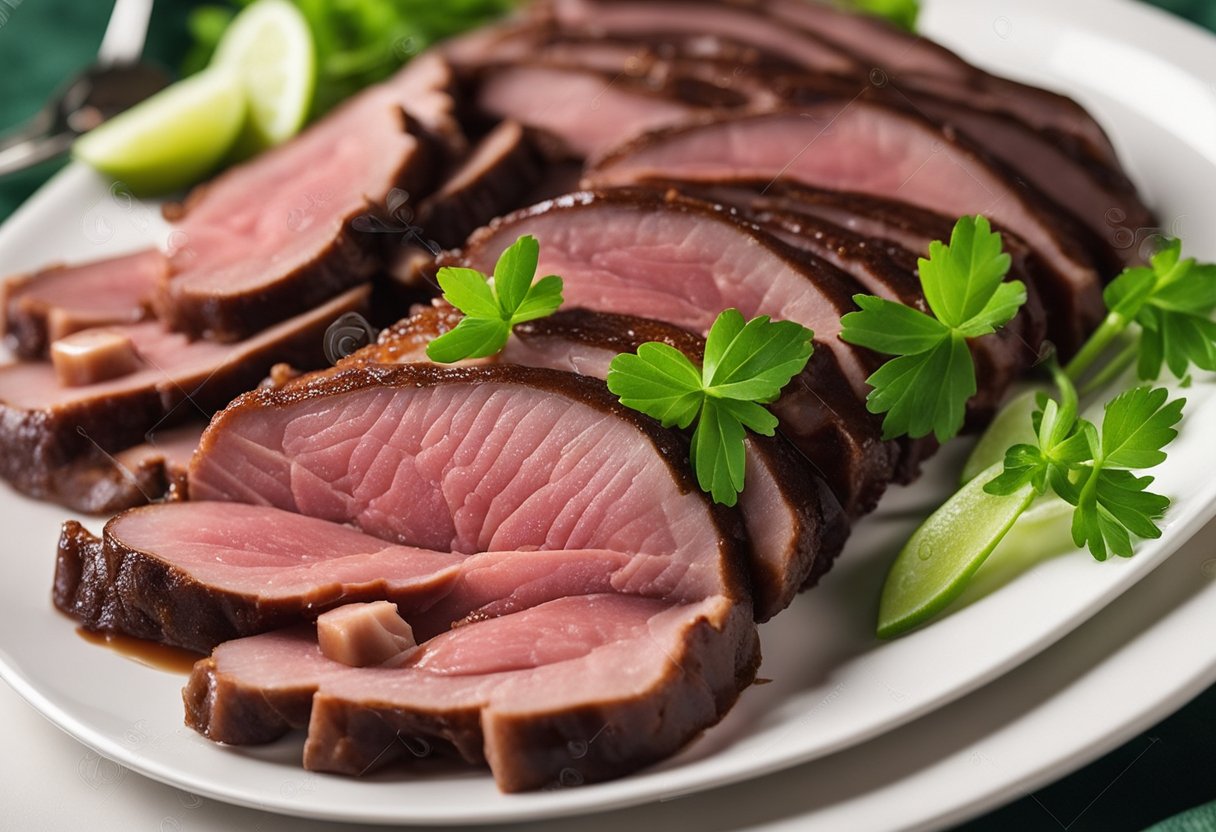
Liver is a highly nutritious food that is rich in various vitamins and minerals. It is a good source of protein, which is essential for building and repairing tissues in the body.
Additionally, liver is packed with vitamins and minerals that are important for overall health.
One of the most notable nutrients found in liver is Vitamin A. In fact, liver is one of the best dietary sources of this important vitamin.
Vitamin A is essential for healthy vision, immune function, and skin health. It also plays a key role in the growth and development of cells in the body.
Liver is also a good source of iron, which is important for the production of red blood cells. Iron helps to carry oxygen throughout the body, which is essential for energy production and overall health.
In addition, liver contains copper, which is important for the absorption and utilization of iron in the body.
In terms of vitamins, liver is an excellent source of B vitamins, including Vitamin B12, folate, and Vitamin B6. These vitamins are important for energy production, brain function, and the metabolism of nutrients in the body.
Liver is also a nutrient-dense food, meaning that it contains a high concentration of nutrients relative to its calorie content. This makes liver an excellent choice for individuals who are looking to get the most nutritional bang for their buck.
While liver is a highly nutritious food, it is important to note that it can also contain toxins if it comes from animals that have been exposed to environmental pollutants.
Therefore, it is important to choose high-quality liver from healthy animals to minimize the risk of exposure to toxins.
Serving Suggestions
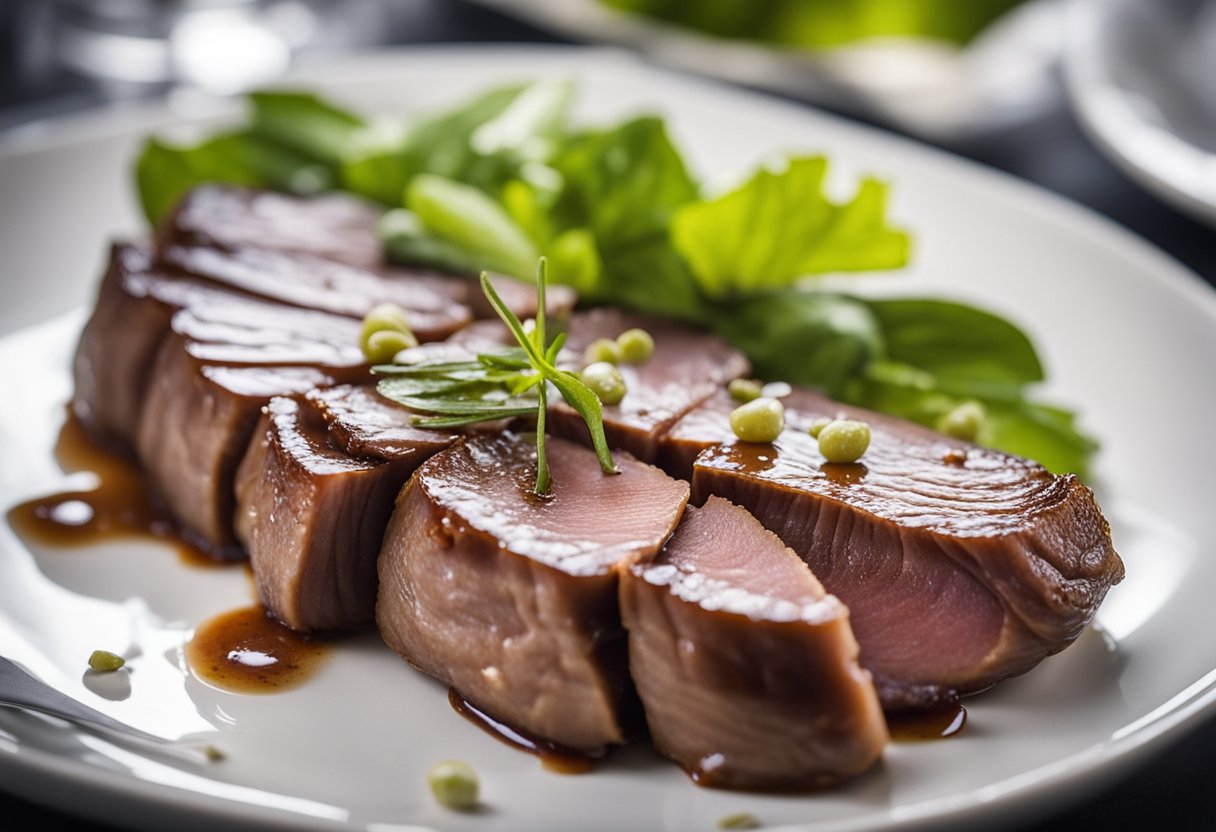
Liver is a versatile ingredient that can be cooked in many different ways and paired with a variety of sides. Here are some serving suggestions to help you enjoy liver in different ways:
Mashed Potatoes
Mashed potatoes are a classic side dish that pairs well with liver. The creamy texture of the potatoes complements the rich flavor of the liver.
To make mashed potatoes, boil potatoes until they are soft, then mash them with butter, milk, and salt. You can also add herbs like rosemary or thyme for extra flavor.
Rice
Rice is another great side dish that goes well with liver. You can cook rice in many different ways, such as boiling, steaming, or frying. For an extra boost of flavor, you can add spices like cumin, coriander, or turmeric to the rice.
You can also add vegetables like peas, carrots, or bell peppers to make a more colorful and nutritious dish.
Vegetables
Vegetables are a healthy and delicious way to complement liver. You can sauté vegetables like onions, garlic, and mushrooms to add depth of flavor to the dish.
You can also roast vegetables like carrots, sweet potatoes, or Brussels sprouts for a more caramelized and crispy texture. For a more refreshing touch, you can serve a side salad with greens like spinach, arugula, or kale.
When serving liver, it is important to cook it properly to avoid any health risks. Make sure to cook liver until it is fully cooked and there is no pink or red color left.
You can also marinate liver in milk or lemon juice to reduce its strong flavor and make it more tender. Overall, liver is a delicious and nutritious ingredient that can be enjoyed in many different ways.
Buying Liver
When it comes to buying liver, there are a few things to keep in mind to ensure you get the best quality liver for your culinary needs.
Firstly, it is important to look for fresh liver. Fresh liver has a deep red color and a smooth texture. It should not have any unpleasant odors or discoloration.
If you are unsure about the freshness of the liver, it is always best to ask the butcher or the seller.
Secondly, liver is a type of offal, which means it is an organ meat. While some people may find the idea of eating offal unappealing, it is important to note that liver is a highly nutritious food that is rich in vitamins and minerals.
When buying liver, you can find it at most supermarkets or specialty meat shops. It is important to note that not all supermarkets may carry liver, so you may need to check with your local store.
Lastly, it is important to consider the source of the liver. Some liver may come from animals that have been force-fed, which can affect the flavor and texture of the liver.
It is always best to look for liver that comes from animals that have been raised in a humane and ethical manner.
Overall, when buying liver, it is important to look for fresh, high-quality liver from a reputable source. With these tips in mind, you can ensure that you get the best liver for your culinary needs.
Potential Risks
Liver is a nutrient-rich food, but it also comes with potential risks. Here are a few things to keep in mind:
Food Poisoning
Eating raw or undercooked liver can put you at risk of food poisoning. Raw liver may contain harmful bacteria such as Campylobacter, Salmonella, and E. coli.
These bacteria can cause symptoms such as nausea, vomiting, diarrhea, fever, and abdominal pain. To reduce the risk of food poisoning, it is recommended to cook liver to an internal temperature of 160°F (71°C).
Bile
Liver produces bile, a substance that helps digest fats. Bile can have a bitter taste, which can affect the flavor of liver.
If the liver is not properly prepared, it may retain bile and have a bitter taste. To reduce the bitterness, it is recommended to soak liver in milk or lemon juice before cooking.
Vitamin A Toxicity
Liver is a rich source of vitamin A, which is important for vision, immune function, and skin health. However, consuming too much vitamin A can be toxic.
Symptoms of vitamin A toxicity include nausea, vomiting, headache, dizziness, blurred vision, and skin irritation.
To avoid vitamin A toxicity, it is recommended to limit liver consumption to once a week and not to exceed the recommended daily intake of vitamin A.
In conclusion, liver is a nutritious food, but it comes with potential risks. To reduce the risk of food poisoning, it is important to cook liver properly.
To reduce the bitterness, it is recommended to soak liver in milk or lemon juice before cooking. To avoid vitamin A toxicity, it is recommended to limit liver consumption and not to exceed the recommended daily intake of vitamin A.
Frequently Asked Questions
What is the flavor of liver?
Liver has a distinct taste that can be described as rich, earthy, and slightly sweet. However, the taste of liver can vary depending on the animal it comes from.
For example, beef liver has a stronger flavor compared to chicken liver.
How to make liver taste good?
Liver can be prepared in a variety of ways to make it taste good. Soaking the liver in milk for a few hours before cooking can help reduce the strong flavor. Adding herbs and spices like garlic, thyme, and rosemary can also enhance the taste of liver.
Another way to make liver taste good is to pair it with sweet and tangy sauces like balsamic glaze or apple cider vinegar.
Which liver is tastiest?
The tastiest liver is subjective and varies from person to person. However, beef liver is often considered the most flavorful and nutrient-dense liver. Chicken liver is also a popular choice due to its milder taste.
What does lamb liver taste like?
Lamb liver has a slightly milder taste compared to beef liver. It has a tender texture and a slightly sweet flavor. Lamb liver can be prepared in the same way as beef liver and is often used in traditional dishes like liver pâté.
What does fried liver taste like?
Fried liver has a crispy exterior with a soft and tender interior. The taste of fried liver is similar to other preparations of liver but with an added crunch. The frying process can also help reduce the strong flavor of liver.
Why does liver taste metallic?
Liver can taste metallic due to the high levels of iron it contains. However, the metallic taste can also be caused by improper cooking methods or consuming liver that is past its expiration date.
To avoid the metallic taste, make sure to cook liver properly and consume it within a few days of purchase.







